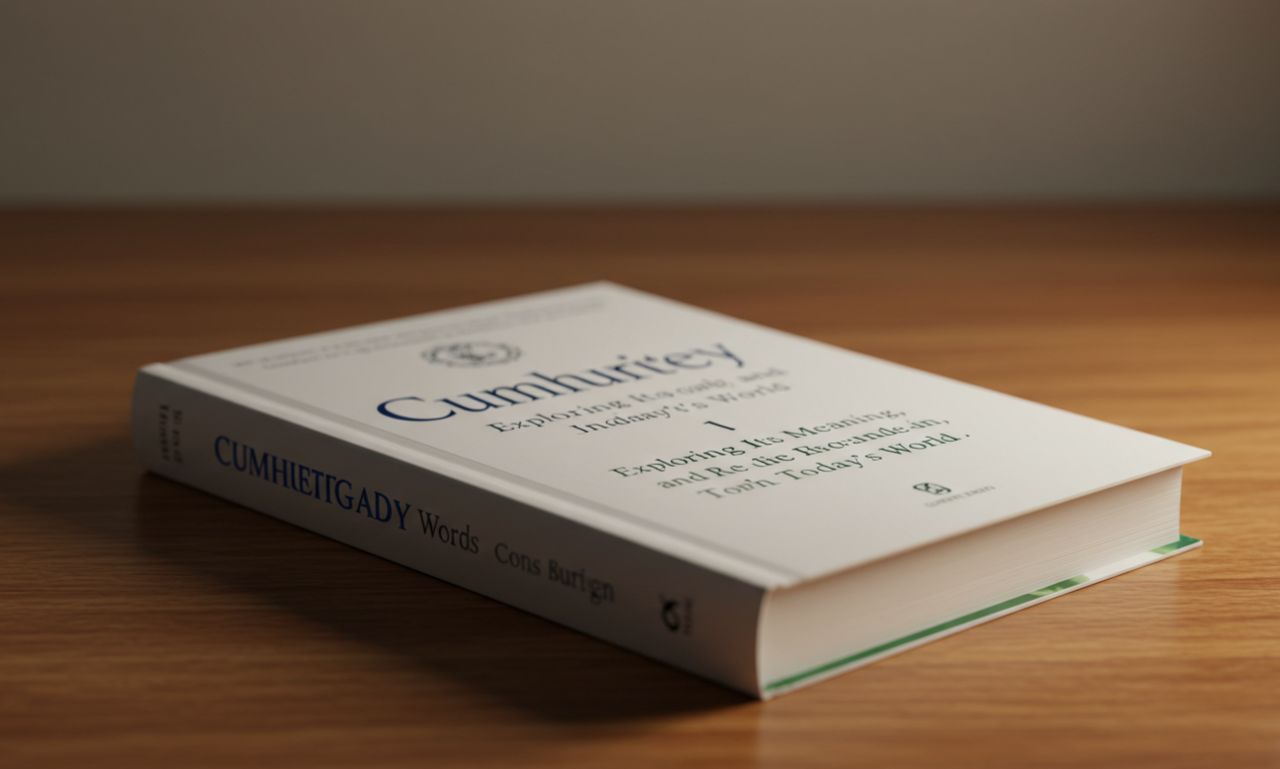The term gärningen has a deep linguistic and cultural history, carrying meanings that shift depending on context, era, and region. From its origins in historical Scandinavian languages to its evolving use in modern society, gärningen reflects layers of tradition, law, literature, and social values. By understanding gärningen: From Historical Roots to Modern Interpretations, we uncover not only a word but a window into how human behavior, morality, and justice have been framed over centuries.
Understanding the Origins of gärningen
The roots of gärningen can be traced back to Old Norse and early Swedish, where it referred broadly to an “act,” “deed,” or “action.” In ancient societies, such terms were more than simple descriptors—they often carried moral weight. A gärning could be an honorable act of heroism or a shameful deed that damaged one’s reputation.
In medieval contexts, gärningen was frequently associated with legal and moral judgment. Written records in old court proceedings used the term to define the nature of an act—whether it was lawful, unlawful, praiseworthy, or condemnable. This early emphasis on the moral quality of actions paved the way for its significance in literature, law, and everyday language.
gärningen in Legal Traditions
Medieval and Early Modern Law
In Sweden’s early legal codes, gärningen described the specific act committed in a crime. Rather than just focusing on intent, the law emphasized what the person had actually done. This approach meant that gärningen could cover a wide range of acts—from theft to acts of valor recognized in royal courts.
Modern Legal Contexts
Today, gärningen still holds a place in legal vocabulary. In modern Swedish law, it is often used in criminal proceedings to specify the exact act under investigation. For example, “om gärningen är straffbar” translates to “if the act is punishable.” This continuity shows how a historical term has retained its importance while adapting to modern legal frameworks.
Cultural Significance of gärningen
Beyond law, gärningen has found a place in cultural narratives. Scandinavian literature often uses the term in storytelling to mark pivotal actions that drive the plot. Whether it is a heroic gärning in a Viking saga or a tragic deed in a modern drama, the word signals moments of moral and emotional weight.
In folk traditions, gärningen often carried symbolic value. Good deeds were celebrated through oral storytelling, while wrongful acts were remembered as cautionary tales, reinforcing communal values.
gärningen in Religious and Moral Contexts
Religion has also shaped the meaning of gärningen. In Christian moral teachings within Scandinavia, gärningar (plural) refer to “works” or “deeds” in the context of faith. The Bible’s Swedish translations often contrast gärningar of the flesh with gärningar of righteousness, highlighting the moral dimension of human actions.
In this sense, gärningen is not just a neutral act—it is measured against a moral compass, influencing how it is perceived in both religious and secular society.
From Tradition to Modern Interpretations
As language evolves, so does the meaning of gärningen. While older interpretations were tightly bound to morality and law, modern usage can be broader and more flexible.
In contemporary Swedish, gärningen might simply refer to “the act” without moral judgment. It could be a neutral statement—such as describing a physical task—or still carry evaluative tones depending on context. In news reporting, it often appears in crime stories to summarize the main act in question.
gärningen in Literature and Media
Modern literature, film, and television often use gärningen to create dramatic tension. Crime thrillers, for example, may build suspense by slowly revealing gärningen committed by a mysterious character. Historical dramas may focus on a single, decisive act that changes the fate of nations or families.
Even outside of fiction, journalists use the term to condense complex events into a single focal point, making it easier for readers to grasp the significance of what happened.
Linguistic Nuances and Related Terms
The flexibility of gärningen comes partly from its linguistic family. Related terms include:
-
Gärning – the singular form, referring to a deed or act.
-
Gärningar – the plural, often used in moral or religious contexts.
-
Göra – the verb “to do,” from which the noun form historically derives.
These variations show how one root word can carry legal, moral, literary, and everyday meanings without losing its core identity.
Modern Symbolism of gärningen
Today, the phrase gärningen: From Historical Roots to Modern Interpretations can symbolize the bridge between tradition and contemporary life. It reminds us that while language changes, the human need to name and evaluate actions remains constant.
In psychology and ethics, can represent personal responsibility. In politics, it can be a rallying cry for justice. And in art, it can be the moment of transformation that gives a work emotional power.
Global Perspectives and Translation Challenges
For non-Swedish speakers, translating gärningen can be tricky. While “act” or “deed” works in many contexts, these English equivalents often miss the cultural and historical depth the word carries. In legal translation, accuracy is vital, as nuances can affect interpretations of evidence or guilt. In literature, translators must balance literal meaning with the emotional and cultural resonance of the term.
Conclusion
The journey of gärningen: From Historical Roots to Modern Interpretations is a story of continuity and change. From its early legal and moral weight to its flexible modern use, the word encapsulates how societies remember, judge, and narrate human actions.
Whether in the halls of medieval courts, the pages of classic sagas, or the language of modern media, remains a powerful reminder that every act—big or small—carries meaning. It is more than a word; it is a testament to the enduring human need to name our deeds, understand their impact, and learn from them.











